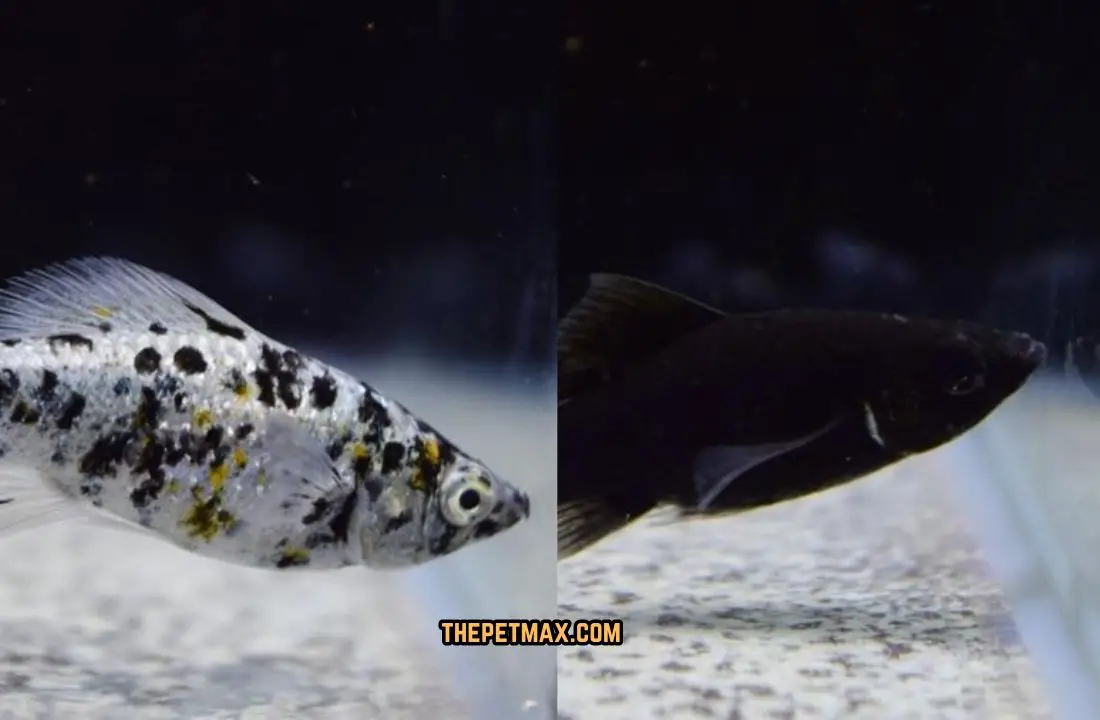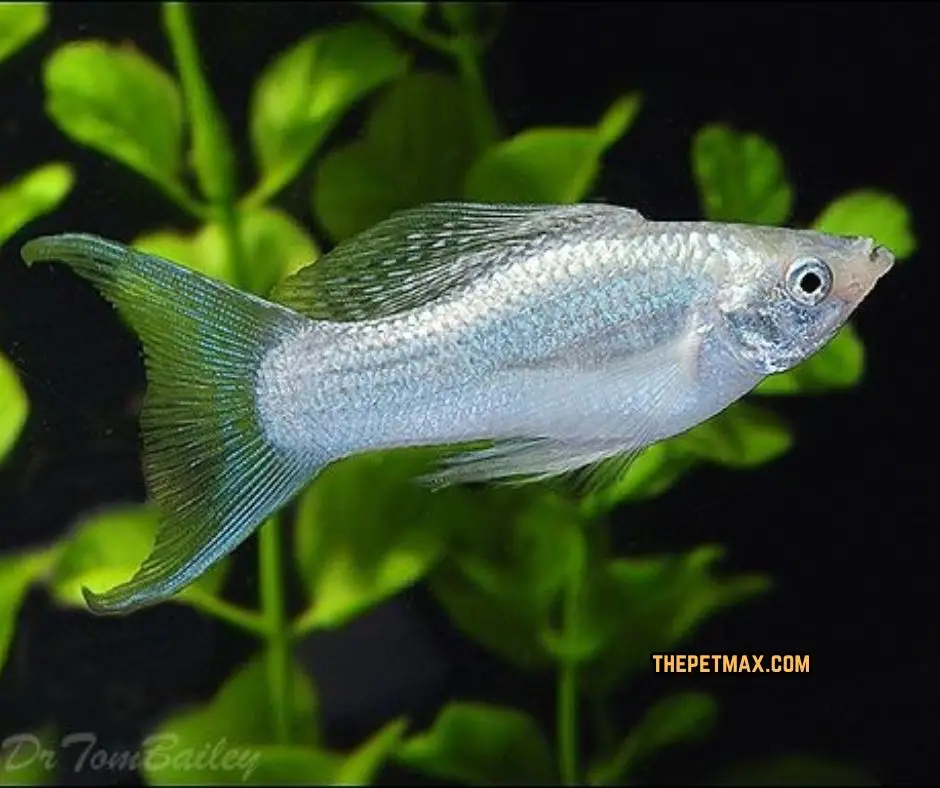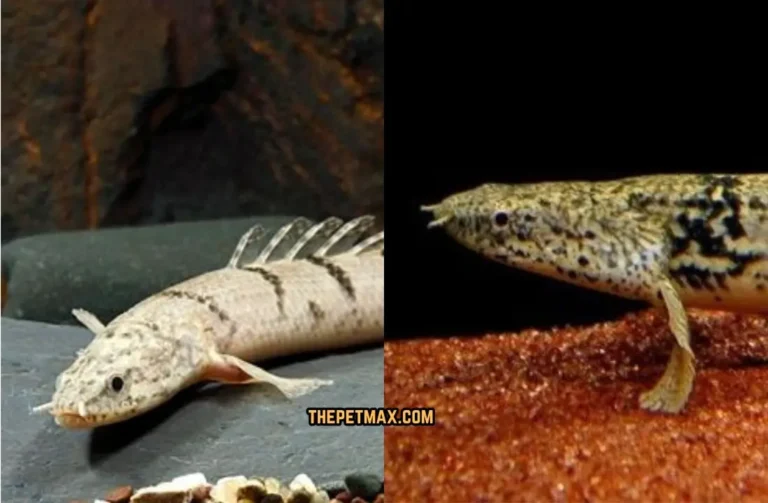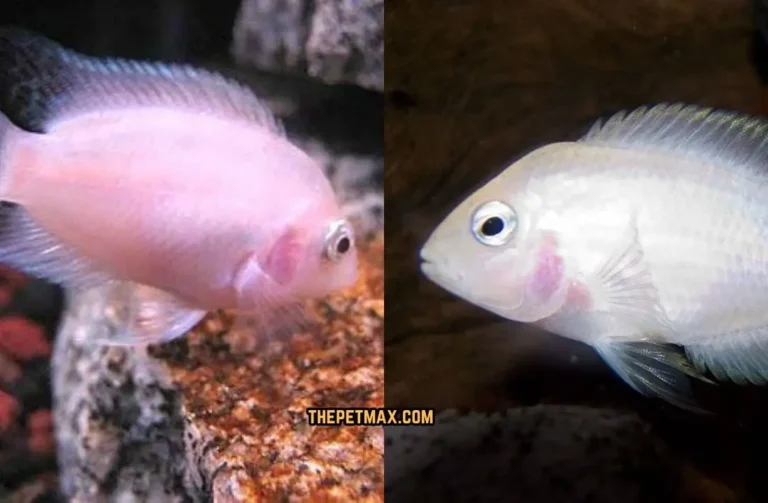Lyre Tailed Molly Fish Care Guide

The Molly Fish is an essential fish of freshwater aquariums, which aquarists love a lot. These fish are well known for their low care needs as well as a myriad of species to choose from.
However, although taking care of them is uncomplicated, we still urge owners to establish a deep knowledge base about this breed. This will keep them happy and healthy, and in turn time will be saved.
This molly fish care guide has the full details you need to begin. You will discover their tank set up, food, life expanse and even breeding tips.
Contents
- 1 Natural History of Lyre Tailed Molly:
- 2 Appearance of Lyre Tailed Molly:
- 3 Temperament of Lyre Tailed Molly:
- 4 Feeding Requirements of Lyre Tailed Molly:
- 5 Tank Requirements of Lyre Tailed Molly:
- 6 Why Should You Get a Lyre Tailed Molly for Your Aquarium?
- 7 Lyre Tailed Molly Breeding:
- 8 Health Conditions of Lyre Tailed Molly:
- 9 FAQ’s:
- 10 Final Thoughts:
- 11 Rekated Posts:
Natural History of Lyre Tailed Molly:
No doubt, you have seen a molly fish (Poecilia sphenops) at some point. Mollies are one of the most popular species in the aquarium trade. They are sold for a few dollars each and thus ideal for starters.
It is easy to care for this peaceful fish that adds beauty to freshwater community tanks. It does well in almost any standardized tank set up.
Mollies are found all over North and South America in their natural habitat. Mostly they reside in slow moving tropical rivers that team with vegetation.
Since being introduced into the world of fishkeeping, mollies have been intensely hybridized! This has led to diverse colors and types out there that you can enjoy.
Appearance of Lyre Tailed Molly:
When many individuals think of the molly fish, it is the common molly that first comes to their minds. Nevertheless, while there are so many variations out there, most have similar features just like the common Molly.
These fishes have a flattened body with a triangular head. As for the mid-sections, they are broad and then taper towards a narrow point at snout. On the other side, however, it narrows down to the base of its tail which is fan-shaped.
Differentiating between male and female molly fish is quite simple. In this regard, males are also smaller in size as well as having pointed anal fin as opposed to females whose anal fin appears to be widely spread out and fanned. Additionally, most females will have a noticeable “gravid” spot where they carry their young when pregnant.
| Height | 2.5 – 3 Inches |
| Life span | 5 years |
| Temperament | Peaceful |
| Size | Upto 5.5 inches |
| Origin | South and central America, Mexico |
| Breeding | Live-bearer |
| Water Temperature | 78° F |
| Tank size | 20 Gallons |
| Color | Black, Orange, and Yellow |
| Scientific Names | Poecilia |
| Water Type Fish Price | $2 to $5 USD |
Temperament of Lyre Tailed Molly:
Molly fish are generally peaceful and harmonious with their cohabitants.
Mollies form shoals so they need to be kept in the presence of others to feel comfortable. Therefore, you should keep at least four fish together. If possible, it is better to have a larger group.
These fish will join up and all go swimming around the tank as one big mass before separating into individual pursuits.
Feeding Requirements of Lyre Tailed Molly:
Most of the time, Molly fish consume food derived from plants while they are not good at eating algae they love to have them as snacks. They use their mouth to scrape it off various surfaces such as rocks, wood and glass.
Apart from algae, these pet fish enjoy boiled vegetables like lettuce leaves, spinach and zucchini.
Occasionally a high protein treat is appreciated by the mollies. Live or frozen bloodworms, daphnia and brine shrimp can be fed to Mollies. The fact that live foods also provide some mental stimulation during feeding should not be overlooked in addition to their nutritional advantages. It would therefore be prudent for you to introduce it into your fishes’ diet once in a while.
In addition, dry commercial flakes and pellets are easy options for food. So look out for reputable brands with nutritionally balanced products.
Tank Requirements of Lyre Tailed Molly:
Tank including lyretail molly fish is not too complicated. Here’s what you need to know:
- Tank size: For keeping lyre-tailed mollies you will need at least a 20L tank where the fish can have enough room to swim around without obstacles.
- Water Temperature: Make sure the water temperature is always 75 and 82 degrees Fahrenheit, which gives a full spectrum to molly. These stress-free fishes allow them to unleash their full potential.
- Water Quality: If you have the molly type fish, you can provide the fish with the water that is slightly on the alkaline side with a pH level of about 7.5-8.5. Water testing, which should include filtration, will be done consistently to monitor water quality as directed.
- Tank Decorations: Adding greenery or plants will provide molly with extra places to swim about. Hiding spots will also be very beneficial to Molly since they can retreat to it whenever something scary surprises them. They thrill at a place that is fun to explore and love places that appeals to all their senses. A variety of sights, smells, and sounds create an alluring mix that is intriguing and brings joy to their life.
- Tank Mates: Lyre-tailed mollies do not bother other peaceful fish that belong to the community. This is why they can be kept with them comfortably. But get away from aggressive breeds or species that would “nip your fins”.
- Feeding: In order to satisfy your molly, give it a good nutrition variety composed of quality pellets, flakes, and sometimes live or frozen food like brine shrimp and bloodworms.
Keep water parameters under control, perform regular water changes, and do not forget to offer diverse food options in order to keep your nutria-headed mollies in good shape.
Why Should You Get a Lyre Tailed Molly for Your Aquarium?
First of all, let me tell you several benefits of having a lyre-tailed molly in your tank that make this fish an attractive option. They have nice fins that are whisker-like and can tingle your tank a touch of brilliance and luxury. Additionally, they are calm and well-lived with other calm community fish while helping them to be excellent buddies.
Next, the drawbacks of these phones are that they are available in a huge number of colors and patterns, hence it is easy for you to select the one which is best for your preference.
They are also not prone to diseases and do not require costly treatments which make them suitable for individuals with less knowledge in aquatic life. Generally, it can be said that a lyre-tailed molly in your aquarium will provide you with the pleasure of the eye and the peace offered by the sight of their fluttering tails, bringing beautiful tranquility to your underwater world.
Lyre Tailed Molly Breeding:
Creating Lyre-tailed Mollies is probably a great and fun job for every fish breeder to make! These are such colorful fish that are livebearers, that is to say they produce offspring, that is called live fry, through internal processes. For securing the existence of lyre-tailed mollies, you’ll require a male and female conjugal couple, a separate breeding tank, and some patience.
First of all, you should pay attention to the fact that there are two persons (a male and a female molly) in a female molly where they have to stay together so as to reproduce.
The differences between both sexes lie in the fact that males have a gonopodium which corresponds to their anal fin and play the primary role in mating, while females can be distinguished by their rounder abdomens. It is worth keeping two fish before the breeding process healthy by maintaining the unusual diet of perfect seafood.
Finally, bring in a respective breeding tank. The tank shall be properly installed with plenty of places for the babies to get out of sight and also plants to hide them. It needs to be a prerequisite for making an appropriate environment to house the breeding pair.

To breed mosquitoes, mix the male and female mosquitoes in the breeding tank. The male starts his courtship behavior. He follows the female, maybe leaving some colorful fins to catch the female attention. Males can’t approach any female because she only accepts the one that is willing to approach to mate. The male could utilize his gonopodium to carry out internal fertilization of the female’s eggs.
Mating takes place and after that the eggs would remain inside the body of the female for somewhere around 4-6 weeks. The length of the gestation period may vary to some extent to specific water conditions and temperature. This can be implemented by the farmer through monitoring the water parameters and designing the habitat that’s good for the mother-to-be.
At the time when a female begins to feel the labor contractions, it is better to relocate it to a breeding pool or a separate tank. In this way, the newborners will have higher chances to evade the attention of the adult fish. Her baby will be born in the shape and size of the adults. She will give birth to live fry that are tiny versions of their parents. Chooses to relocate or remain them at the breeding tank already or transfers them to a separate nursery tank for better probability of survival.
The key to producing quality fry is correct care. Their diet needs to be fed with powder flakes or fry food to ensure no deficits are encountered during their growth. Meanwhile, the time of acquiring regular fish food is longer, so you can slowly replace it with normal food.
Bringing lyre-tailed mollies to the next generation is a truly rewarding activity because it gets you to observe how this gathering of life in your aquarium bodes the miracle of the new life. A very important thing to be remembered is to offer a suitable hatchery for them, keep up and monitor the water parameters, and eventually give the fry a proper care.
Health Conditions of Lyre Tailed Molly:
Mollies are not exempted from this. It is important to note that there are several unique illnesses that you should be on the lookout for. Such include constipation and molly disease. Molly disease, which is also referred to as the “shimmies” is something that one needs to watch for. This happens when water parameters are not stable. Many aquarists will notice this when there are sudden changes of temperature or ammonia spikes.
With this disease the fish cannot swim properly. They instead “shimmy” and wiggle in place. However, most fish recover fast if the conditions improve.
Bulging belly might be a problem affecting balloon mollies. That body shape of these fish leads to their organs getting compacted together. Overeating or eating too fast may cause severe constipation, so it’s important to monitor their feeding habits closely.
Apart from these two things, mollies can fall ill with other common freshwater diseases like Ich, bacterial infections, flukes and parasites.
FAQ’s:
How big does a Lyre Tailed Molly get?
Beyond the lyretail mollies reaching a maximum of 3 to 4 inches in length; Some types do not grow more than 1 inch.
Are Lyre Tailed Mollies compatible with other fish?
Livingly, this fish genre is peaceful and can live with other fish species such as tetras and harlequin rasboras. On the other hand, we must realize the particular needs and cautions of the other fish they will share the tank with. Steer clear of keeping them with the hyper aggressive or activity fin-damaging fishes at the same time do not pair them with fish that require extremely different water conditions.
This is an obvious thing to do: Do your homework to choose tank mates that have similar care and attention requirements to keep a peaceful, stress-less environment for all your water pals.
What should I feed my Lyre Tailed Molly?
For your Iyre Tailed Molly, offer them animated flake or pellet meals designed for tropical fish. Besides the above, you can introduce them to what they will love the most like bloodworm or brine shrimp. Feed them every two or three hours in small amounts.
What water parameters should I maintain for Lyre Tailed Mollies?
For lyre-tailed molly fishes, a slightly alkaline water, with pH level of 7.5 to 8.5, is considered as the most appropriate environment in which they can thrive. Setting water temperature between 75 and 82 F (24 and 28 C) will be appropriate for the thermal comfort zone of the species.
In addition to controlling waste, it’s also vital to keep the water quality fulfilled by regulate testing for the nitrogen-based compound regularly such as ammonia, nitrite, and nitrate. Also, for the water, include a properly aired aquarium, and do necessary water changes to keep water variables stable and the lyre-tailed molly healthy.
Final Thoughts:
Caring for a molly fish in fact looks really easy. These are one of the loosest fish categories done for the beginners from the freshwater fish point of view.
Being able to lean in and with a little care, fish that look sexxy and give a show are worth every penny for anyone. They are great fish for aquariums. It is a real joy to have a home aquarium and take care of the little fishes as it is probably the closest thing to bliss.





